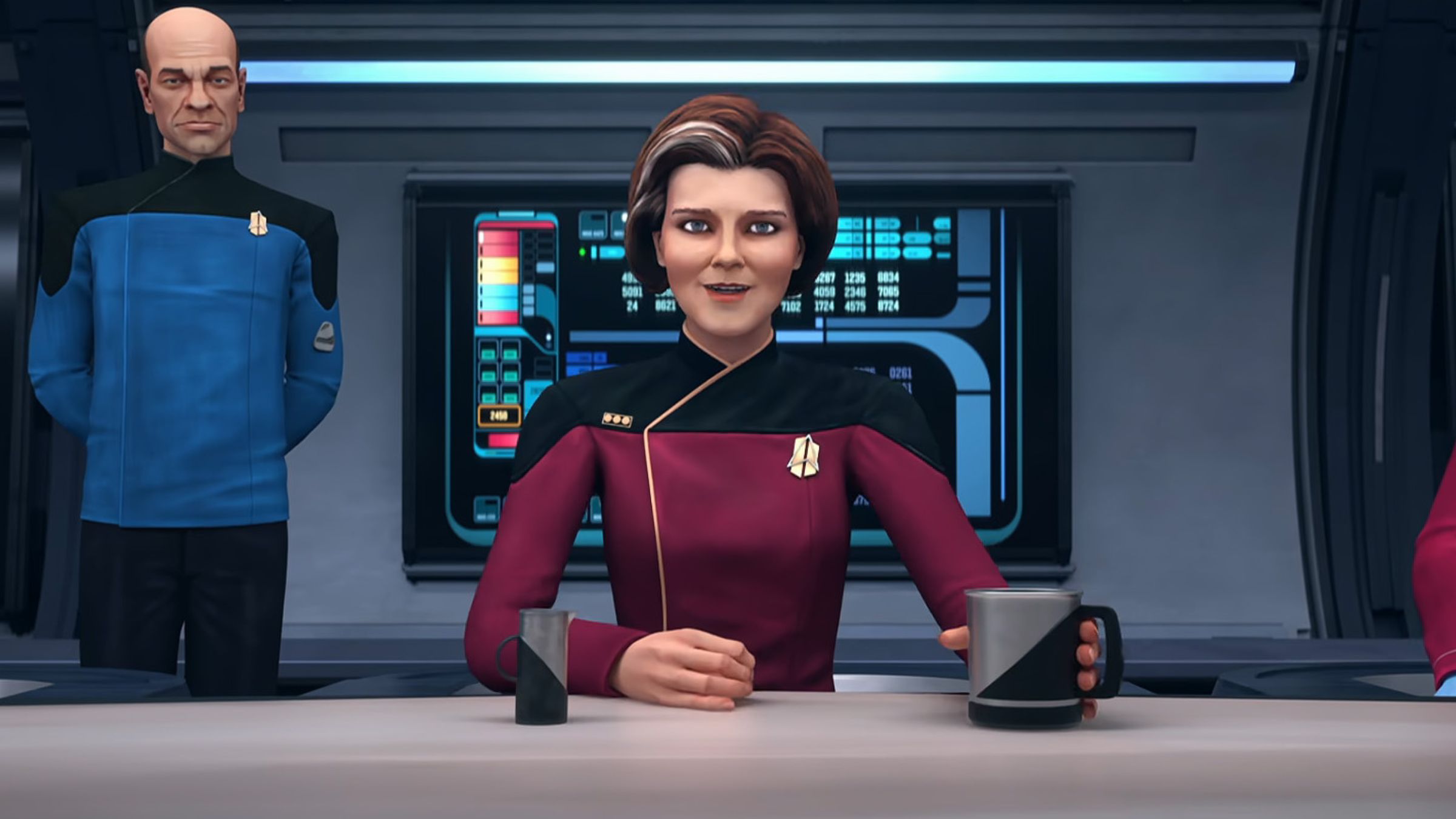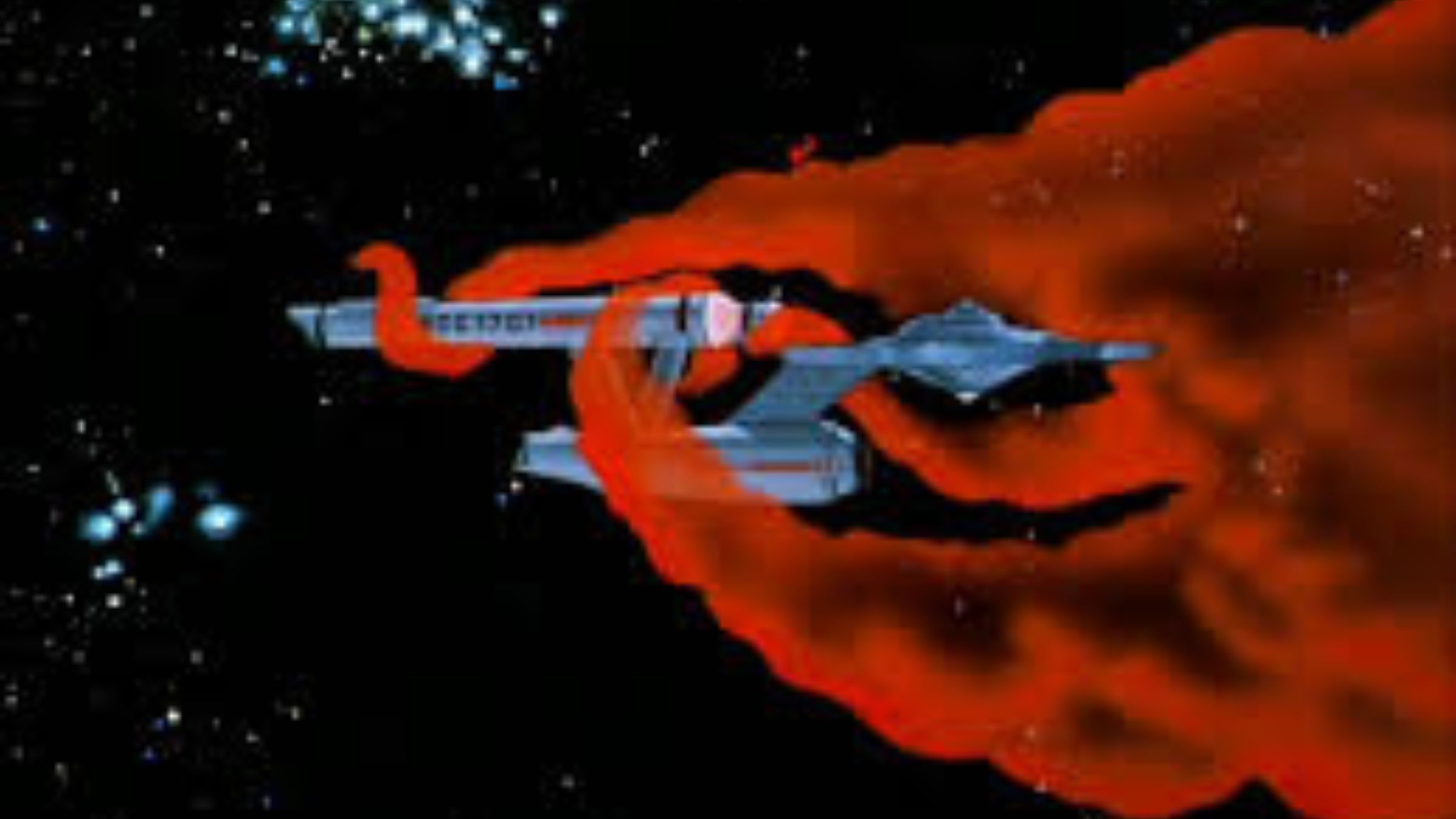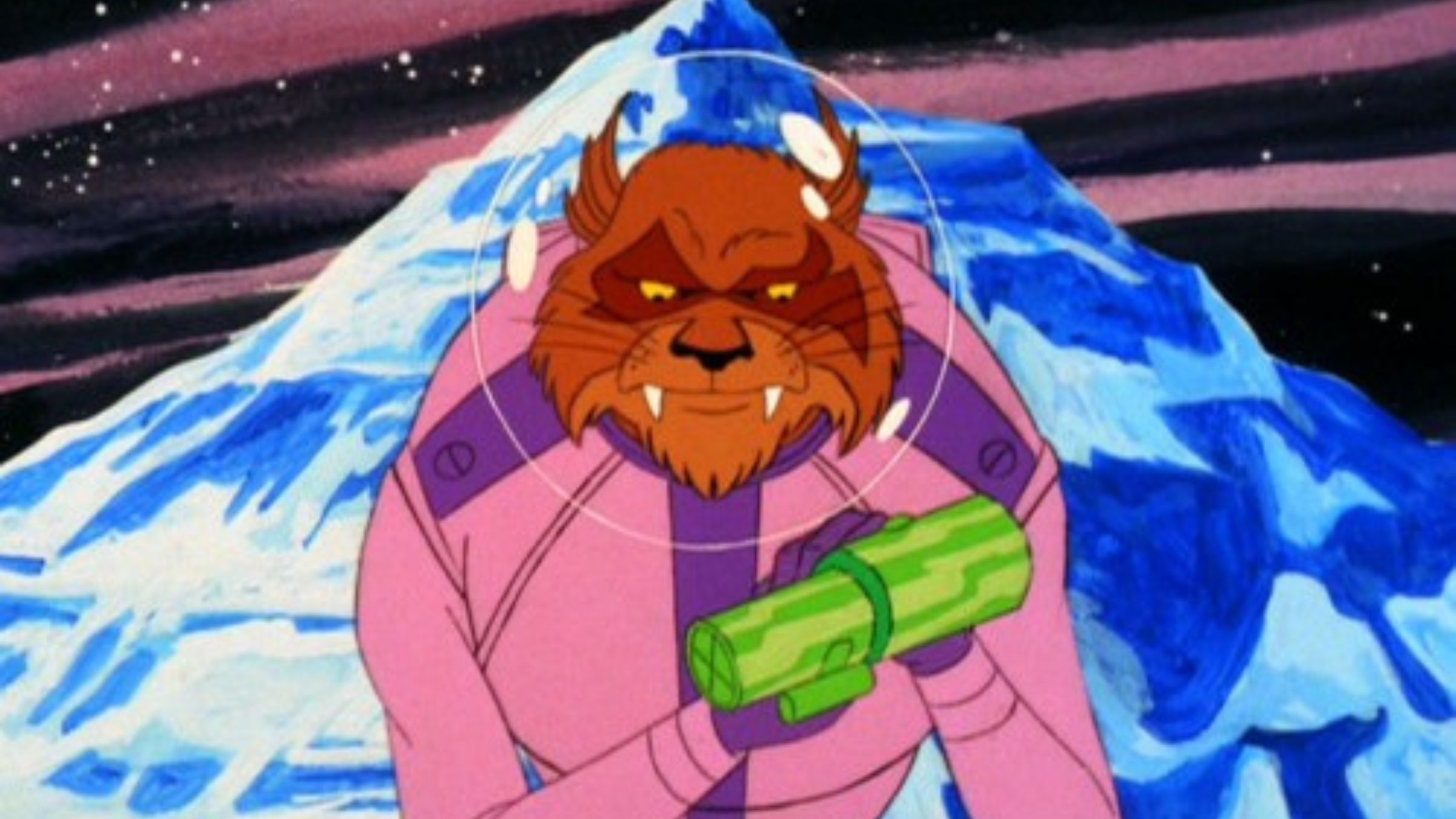
The Star Trek universe features three animated series that continue the tradition of Starfleet crews venturing into space and working towards peace among different worlds. Each show is designed for a different audience: Prodigy is best for younger viewers, Lower Decks is a comedic series for adults, and The Animated Series builds on Star Trek: The Original Series and is suitable for all ages.
These animated shows consistently delivered excellent episodes, proving they deserve to be considered just as important as the live-action films and series. Episodes like “First First Contact” from Lower Decks are frequently fan favorites across the entire franchise, making it hard to pick the very best. However, a few episodes really shine above the rest.
7) “Observer’s Paradox” – Prodigy

The episode “Observer’s Paradox” deals with the consequences of the crew of the Protostar unintentionally altering the past. This causes Gwyn to end up in the wrong reality. The story features familiar time travel themes, including paradoxes and a puzzling message from someone they met in a previous timeline. The young crew members need to collaborate to decode a message delivered through Murf, which they don’t understand, all while The Doctor observes and Janeway seeks a solution to restore Gwyn’s timeline.
This episode, while typical Star Trek, stands out due to the increasing tension. Starfleet decides to close the wormhole before Gwyn’s timeline is fixed, leaving her fate uncertain. Adding to the pressure, Gwyn must adjust the settings on her device to decode a mysterious message, which threatens to destabilize her connection to this reality.
6) “Hear All, Trust Nothing” – Lower Decks
As a huge fan of both Lower Decks and Deep Space 9, “Hear All, Trust Nothing” is a real treat! It’s awesome to see a crossover done in animation. The story kicks off with Captain Freeman getting thrown into some tricky trade negotiations with the Karemma – a species known for business – as part of the ongoing effort to recover from the Dominion War. She’s pretty rushed getting ready, thankfully the talks are happening on Deep Space 9, and Kira Nerys is there to lend a hand – which is a major relief and a fantastic bit of fan service.
This episode is one of the funniest in the series, made even better by appearances from other shows. The Karemma are a fascinating alien species who initially agree to talks because they believe they can profit from them, but they later become a threat, especially after a conflict with Quark from Deep Space Nine. However, the highlight of the episode is a story involving Marina Sirtis’ character, where her tendency to take charge surprisingly proves helpful, even though she tries to downplay it.
5) “One of Our Planets is Missing” — The Animated Series

The episode “One of Our Planets Is Missing” captures the same spirit and themes that made the original Star Trek series so popular. The story centers on a mysterious, cloud-like being that’s consuming planets. Although destroying the being would be the simplest solution, Captain Kirk chooses to find another way, highlighting his commitment to preserving life and avoiding unnecessary violence.
The episode ends on a positive note, proving Kirk’s instincts were right. When Spock connects minds with the alien entity and shows it the life on the planet it threatens to destroy, the entity changes its mind. This is a clever way to highlight the show’s message about trying to understand alien life instead of immediately assuming hostility. While the episode doesn’t explain what the entity will eat now, creating a bit of a plot problem for Star Trek fans, the strong theme makes it memorable.
4) “The Slaver Weapon” — The Animated Series

“The Slaver Weapon” is a fan favorite episode of The Animated Series, praised for its intense plot and the message that violence ultimately leads to ruin. The episode’s script was written by Larry Niven, adapting his own short story, and it features a surprising and memorable ending similar to the classic twists found in The Twilight Zone.
The story centers on a valuable device Kirk, Spock, Uhura, and Sulu are transporting. A declining alien race, the Kzniti, desperately wants this weapon to rebuild their empire. The story truly shines in its final moments, when the Kzniti’s forceful attempt to reclaim their past unexpectedly triggers the device’s self-destruct sequence, reinforcing a core message of Star Trek: violence is never the answer.
3) “Is There In Beauty No Truth?” — Prodigy

The Prodigy episode “Is There In Beauty No Truth?” feels most like a classic Star Trek story. It centers around Zero, who gets a chance to live as a physical being after connecting with a planet of beings who were once non-corporeal but have found a way to create bodies for themselves.
Zero faces one of the most fascinating challenges in all of Star Trek during this episode. Becoming a physical being lets them experience simple joys like eating and hugging, making them feel truly alive. However, staying in this body means being stuck on the planet. The situation is complicated by an ethical issue: Zero isn’t informed about these limitations before being asked to risk their life in a dangerous race – a race that’s presented as the only way to fully become one with their new form if they win.
2) “First First Contact” – Lower Decks

“First First Contact” is a fantastic way to end the first season of Lower Decks. The episode centers around the crew assisting the Archimedes in making initial contact with a new planet, but things get complicated when the ship is hit by solar flares and suffers major damage.
The story itself is good, but this episode is truly great because it’s happening while Freeman considers a new job that would mean leaving her team. And the shocking moment when Freeman is arrested at the end is one of the most surprising cliffhangers the show has ever done.
1) “Yesteryear” — The Animated Series

“Yesteryear” is a standout episode in all of Star Trek, especially remarkable because it was only the second episode of The Animated Series to be broadcast. The story centers on Spock traveling back in time to save his younger self, preventing his own existence from being erased. While time travel and altered pasts are common sci-fi themes, this episode is one of the first—and most well-executed—examples of the concept.
This Star Trek episode is relatively straightforward, but still manages to be compelling. The story centers around Spock seemingly being erased from the timeline. He remembers being rescued as a child by a relative named Selek, and Kirk figures out that Selek was actually Spock himself. Spock can prevent his own death, but only by sacrificing the life of his childhood pet.
As a movie fan, I was really moved by how they handled Spock’s backstory. Seeing him interact with his younger self added a whole new layer of emotion to an already powerful story. And that scene with his pet? It was heartbreaking, but it totally explained why Spock became so dedicated to logic and embracing his Vulcan side. It was a real turning point for his character, showing us where his commitment to reason came from.
What’s your favorite animated episode of Star Trek? Share your thoughts and discuss it with other fans at the ComicBook Forum!
Read More
- FC 26 reveals free preview mode and 10 classic squads
- Hazbin Hotel season 3 release date speculation and latest news
- Dancing With The Stars Fans Want Terri Irwin To Compete, And Robert Irwin Shared His Honest Take
- Where Winds Meet: Best Weapon Combinations
- Red Dead Redemption Remaster Error Prevents Xbox Players from Free Upgrade
- Walking Towards State Estimation: A New Boundary Condition Approach
- Meet the cast of Mighty Nein: Every Critical Role character explained
- Is There a Smiling Friends Season 3 Episode 9 Release Date or Part 2?
- Where Winds Meet: How To Defeat Shadow Puppeteer (Boss Guide)
- HBO Max Is About To Lose One of the 1980s Defining Horror Movies
2025-11-16 03:15